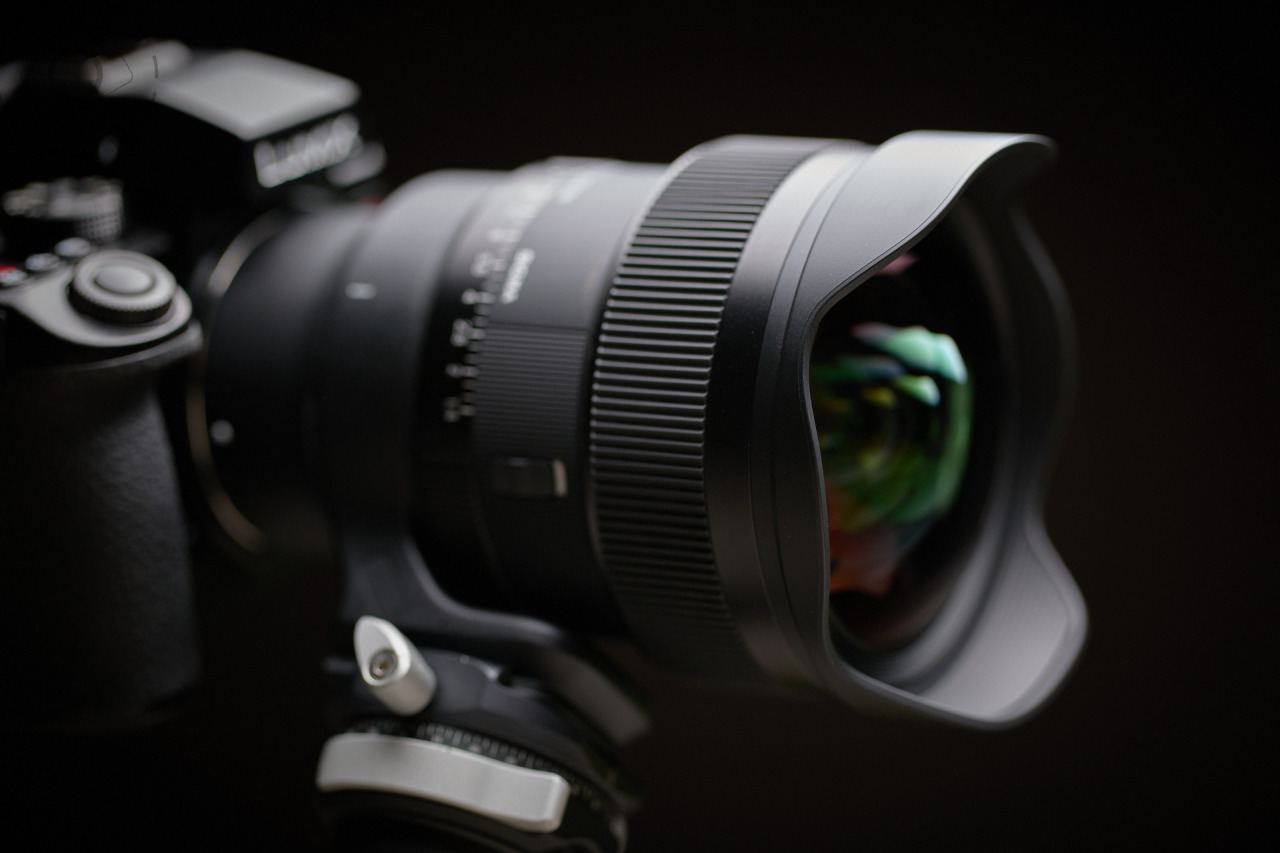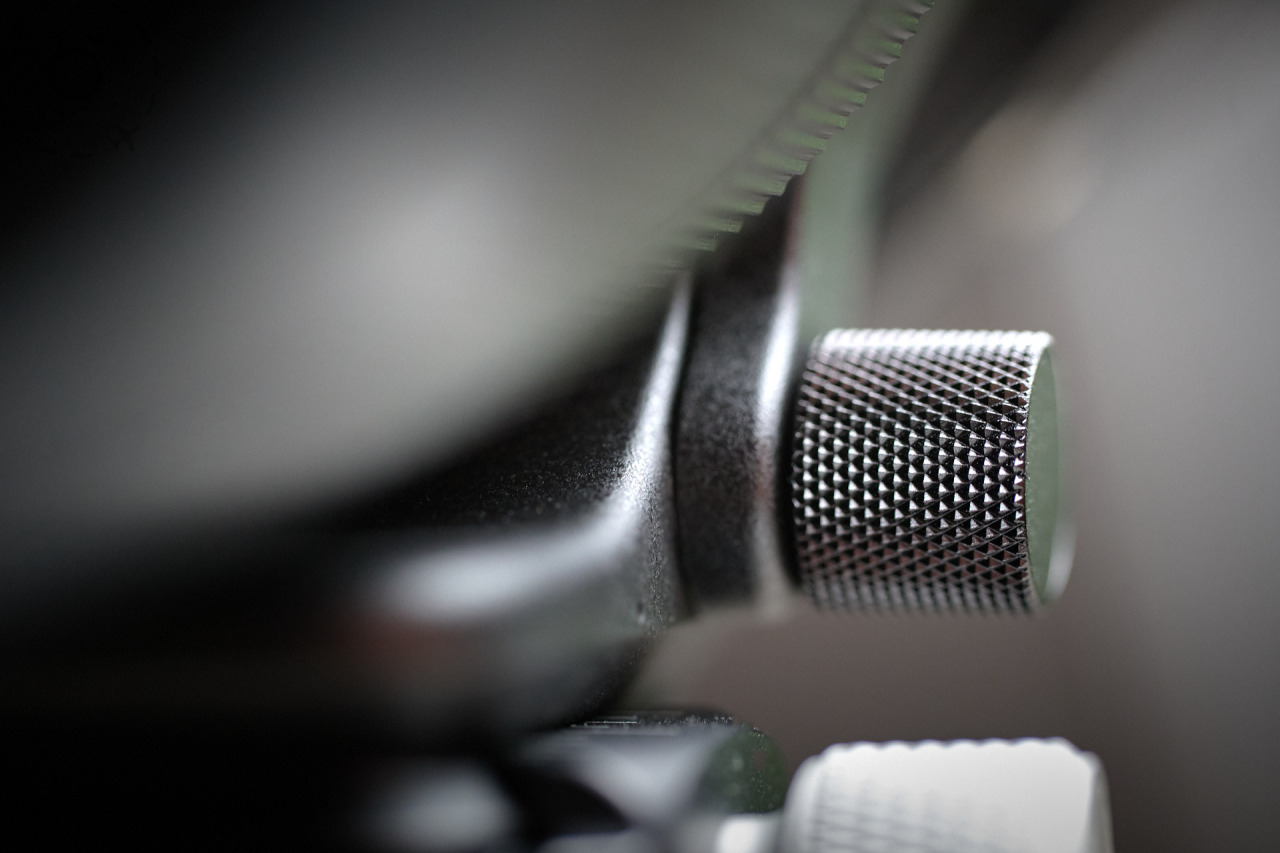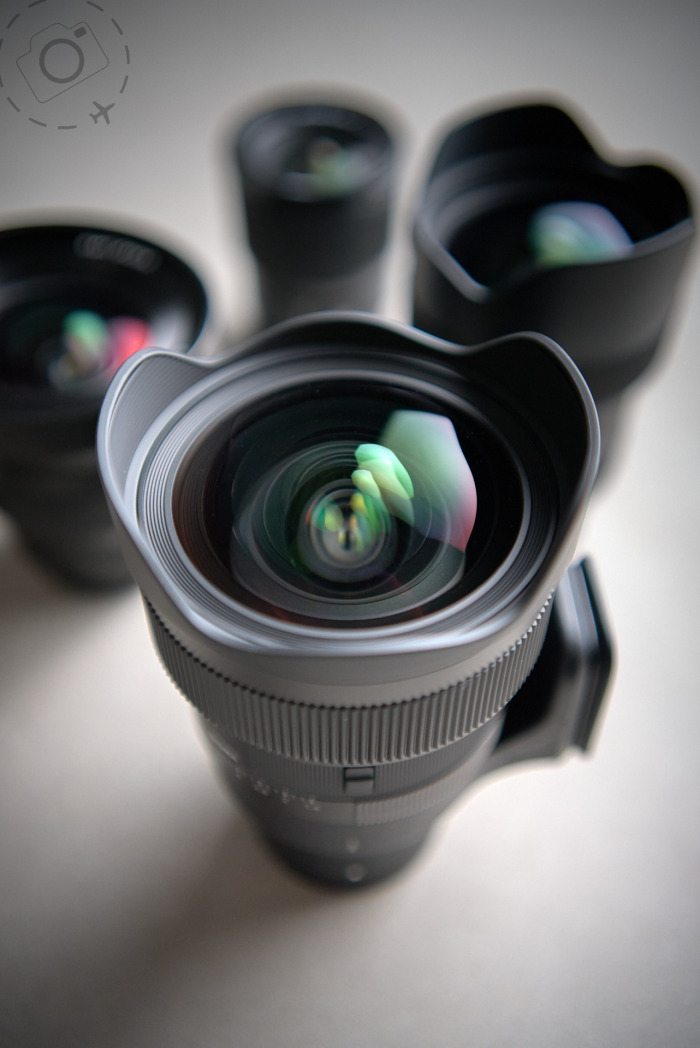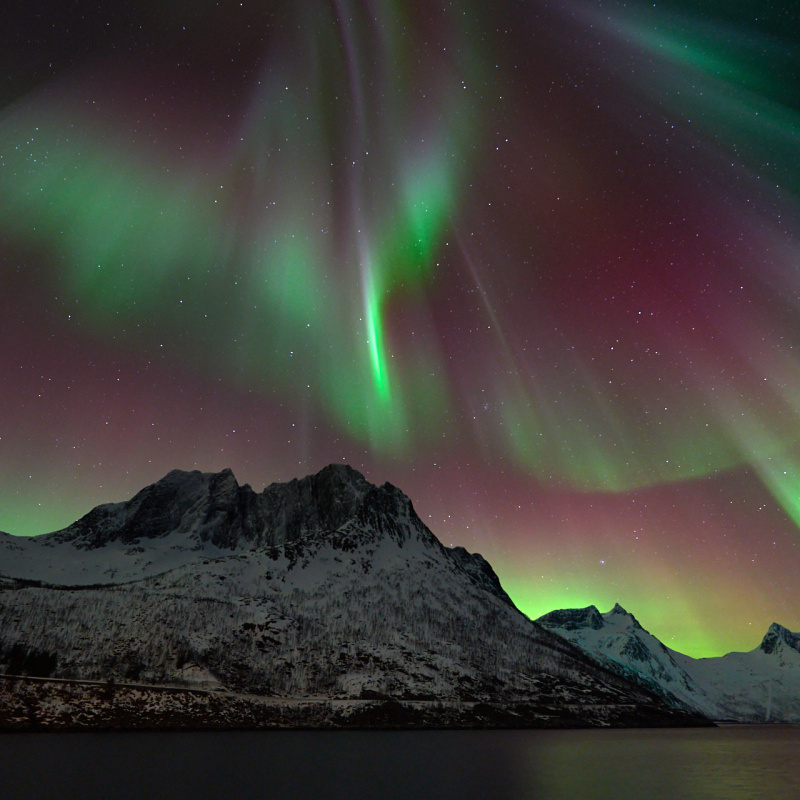[ A version of this post is available to watch on YouTube ]











Beyond The Stars
This review of the 14mm F1.4 is not going to deal at all with astrophotography – auroras yes but astro no. There are loads of great videos and blog posts on this 14mm F1.4 used for astrophotography, produced by people who understand a lot more about the topic than I do. My expertise is with auroras and landscapes in the frozen Arctic. And for that, this Sigma prime lens is an absolute treat. It’s my new favourite lens to pack for adventures in the far north.
Aurora Chasing
This lens is a gorgeous bit of kit for chasing auroras. The three reasons this lens is so well suited to auroras are the rotating collar, the lack of vignetting and being able to push faster than F2.8 while still capturing a super-wide sky.
Thinking about everything this lens does, the price tag is really so much more reasonable than I would have expected. The street price is around USD$1500 at the moment.
On my most recent journey in Arctic Norway I was comparing the Sigma 14-24mm F2.8 side by side with the 14mm prime. All the stills are captured on the Lumix S5 Mark II, typically at the sweet spot of ISO 4000 where the higher ISO circuit takes over. Beyond that, I’m simply mixing up the F-stop and shutter-speed to fine tune exposures.
When you’re standing out in the dark of night and capturing auroras, it’s easy to misjudge your exposures. You look down onto the back of the camera and it can seem very very bright. It’s only when you open up the RAW files that you realise, huh, I’m a couple of stops underexposed from where I could have been. You end up having to push the exposure in post, which is also pushing the noise as well – it’s better to get that exposure right on the night than trying to torture your RAW files.
So imagine now you're shooting in the dark and the auroras are dancing so fast that you really want to keep the exposure length to a minimum. There’s a big difference between 2 seconds of exposure and 8 seconds, for example. On a gentle night you can totally get away with 8 seconds and even more. But there are times when the aurora just explodes in the sky and even at 2 seconds you’re going to lose a little definition in the ribbons. Being able to drop the aperture down to F2, instead of bumping the shutter to 8 seconds, is a major advantage.
It’s also a big win if you want to capture a timelapse with super smooth results. Assembling from 2 second exposures is a sweet spot for aurora timelapse work. You get lots of detail and you're not slowing down the action too much.
Auroras are super fickle things to chase in the Arctic. You need good weather on the night, plus the right conditions in space to generate an event. A lot things have to be just right in order for you to be standing underneath a beautiful show of Northern Lights. So when it happens, I just want to be ready and have the best possible lens on my camera to capture it with.
Rotating Collar
Some super clever engineers in Japan worked super super hard to put this lens together. They managed to design a gorgeous 14mm ultra-wide, but with a fast F1.4 aperture... and yet despite all this my favourite feature is this little rotating collar. It’s not even part of the lens. It’s completely optional whether to attach it or not!
For me the collar is anything but optional though. It's essential to getting maximum value from the lens. Firstly it’s an Arca-Swiss compatible foot, so that fits directly onto any of my tripods without mounting an additional plate. I like that. Second, this collar helps centre the weight you are loading onto your tripod head. Most cameras are pretty modest compared to this lens. But the main win with this collar is how easily I can switch my setup from landscape to portrait while chasing an aurora.
This was something I used over and over again.
My approach to aurora photography is to always have two cameras ready. I set one up to capture a timelapse with a pretty bit of landscape, but then use the other one to chase compositions in the sky as the aurora moves about. And let me tell you, they really really do move about. An aurora might start off low in the North-West, before stretching directly overhead and making an arc from one horizon to the other. Literally above your head. This is why 14mm is so important, and 24mm is just not nearly wide enough for the Northern Lights in Tromsø. It's also why having the ability to super quickly switch from landscape to portrait is a huge win.
Even at 14mm I’m never going to capture the full story of an aurora. It’s bigger than both of us! But I like having options for composition. Sometimes I want to pull in a little foreground and capture a modest aurora in between two mountains. But then sometimes I want to reach up from the horizon and grab a little of the sky above my head. 14mm in portrait lets me do that.
When the auroras are going big in Tromsø I don’t want to be fiddling around with L-brackets or re-mounting a camera. Even in the dark I can quickly unlock the collar, confidently spin my camera around, and start tweaking my compositions.

Fat Landscapes
Equally stunning for travellers to the far north are the frozen landscapes and fjords. I just love the Arctic in winter, and especially on those days when we get a little bit of sunlight cutting across the landscapes. Here again, the 14mm F1.4 proved to be a winner. At least for someone who enjoys the craft of working landscapes with such a wide lens.
One thing I have observed from two decades running photo tours is that many people really struggle to tame an ultra-wide lens. It’s not always intuitive to work so wide. If you are one of these people who tried it for landscape photography, and just didn’t feel the love, then you are not alone. This is one reason I always make a point of looking for suitable opportunities on my tours to demonstrate the essence of good ultra-wide photography, because it really is a different way to think about composition. Once you get the hang of how it does work, 14mm becomes a lot more enjoyable!
The key is to push your foreground. We often get caught up with focusing on the grandeur of a big landscape scene, and we lend to forget about the first metre or so right in front of us. But that is where a 14mm landscape is won or lost. That detail in the foreground is not only critical to good composition, but it’s where an ultra-wide lens really shines. Typically we’re talking about very small details, as in physically small things. Small rocks, a little grass, a puddle of water or ice perhaps.
Scale gets thrown out of scale by the 14mm perspective. Little things up close become enormous and powerful. Which is why the foreground is where composition really takes place.

Skinny Landscapes
But now, a plot twist! Normally when we capture an ultra-wide landscape scene the objective is to ensure every inch of the frame is inside your depth of field. We typically want sharpness from edge to edge. But what happens if you throw all that in the opposite direction instead?
Skinny landscapes are what happens when you shoot wide-open and let your foreground turn silky soft. This effect creates a sense of depth, and makes it clear to the audience where their eyes should land. That one detail on the horizon that falls in focus becomes a teeny tiny hero in the scene. This is my “skinny landscape” technique.
Normally I do this stuff with a 50mm F1.4 lens. The faster the better. My last trip to Norway was the very first time I’ve had the chance to try the same technique with such a wide lens. It was tonnes of fun.
There were times when the distortion effect from such a wide perspective was greater than I wanted. You have to watch what happens in the corners. It's not easy, but it's a great result when you get it right.
The fundamentals of shooting skinny landscapes in some ways is very similar to fat landscapes... you’re reaching for balance between the foreground and background. You want them to connect.
I’m not just putting something fuzzy in front of the scene for the sake of bokeh. It has to be a valid element of scene. It has to make sense. My favourite moments are usually when that low Arctic light is pouring directly into the lens and tripping over some of the foreground bokeh. Bringing all those elements together makes me happy.
And there’s an extra benefit to shooting wide-open in these sunny situations. Flaring from sunlight bouncing off the glass can be somewhat distracting at apertures around F8. But as you go wider and faster those flares get softer and gentler. They melt into the scene instead of digging in their nails. I know all of this seems highly unconventional and probably contradicts at least half of the advice you’ve received in camera club, but it’s a lot of fun and it’s only possible with a unique lens like this one.

Get Techy
I really don’t like to get caught up with the tech specs of lenses. I care mostly about the minimum F-stop and which mounts they are sold in. I’ve seen some reviews focus on the following information:
Fast linear focus motor
Manual Focus Lock
Heat Retainer
Weather Sealed
L-mount and E-mount options
Minimal Sagittal Coma
It actually made me laugh to run through technical reviews of this lens. The only genuine criticism seems to be that it's heavy and expensive, and really both of those claims are exaggerated. From a purely technical perspective, this is not only a superb bit of glass, but superb value.
You get what you pay for here.
It’s not a compact lens, but I am frequently surprised by the expectation that a lens SHOULD be super light and super small. I think we’ve all been spoiled rotten by some of the cheaper and slower lenses made for mirrorless systems. Well, this lens is the opposite. It’s over-engineered to achieve a level of optical quality that I simply never dreamed of as a young fella. Let alone that it might sell for less than $1500 USD.
Yes, it’s bigger than most of my other lenses. No, it’s not remotely difficult to pack into my camera bag. No, none of my other lenses can do what this one can.
I have to give this lens some bonus points for being rugged too. Late in my Arctic journey I had a nasty little accident with a tripod that saw my Lumix S5II and Sigma 14mm F1.4 go tumbling across some very jagged rocks. Both were deeply scarred, along with my right leg. My leg eventually got better but my camera and lens both sustained permanent wounds from the incident. Neither, however, stopped me from shooting auroras over the following week. In fact, my most treasured aurora outings from this winter were captured on the busted up 14mm F1.4. It’s been doing the job just fine despite the scars.
Little Brother
Much of my appreciation for this 14mm prime comes from already being an owner of the Sigma 14-24mm F2.8. Indeed, until now that Sigma zoom was my preferred aurora lens. I had them both side by side for this journey so comparing the two was unavoidable.
You just don't see vignetting on the 14mm prime, it's remarkably bright edge to edge. There’s not a heap of vignetting on the 14-24mm either, but you can spot the difference between these two lenses under certain conditions.
Interestingly, more than half of my group on this years Norway tour were also shooting on the Sigma 14-24mm F2.8.It’s a killer good lens because it does a great job with auroras but also delivers great flexibility for landscape work. It’s a lens I am quick to recommend for anyone heading to the Arctic.
A unique feature of the Sigma zoom is a rear slot that accepts very small filters. You can buy specially sized ND filters that pop into the rear groove, out of harms way, and hence negate the issue of trying to adapt large glass filters to a curved front lens. If you already have a set of these filters for the Sigma 14-24mm F2.8, then you'll be pleased to know the same filters will slot into the 14mm prime as well. That’s a bonus.
The Sigma zoom doesn’t have a rotating collar, and it’s a bit smaller and lighter to pack than the prime. They are very different lenses. In my case, I want two cameras and two lenses for aurora chasing in the Arctic, so I’ll be packing both of these two lenses until something even better comes along.
– Ewen
PS... You can also read my long term review of the Sigma 14-24mm F2.8 here:
https://ewenbell.com/blog/Sigma_14-24mm_F2.8_-_Long_Term_Review


Keep Reading
Join Ewen's newsletter for monthly updates on new photography articles and tour offers...Subscribe Here










